Any visitor to the Pacific Coast in spring, winter or fall should be prepared for storms. Bring clothes for any weather, especially warm layers and rain gear, and be ready to call it a day and stay indoors if the storm gets severe. But that’s part of the fun, just be sure you’re well-stocked with board games, good books, and DVDs.
Here’s our list of storm watching essentials. Want to know where to stay? We’ve got that, too.
Good Rain Gear
Make sure you’ve got the goods to waterproof yourself and your loved ones from head to toe. This is important because in a storm off the ocean, the rain very well might come sideways.
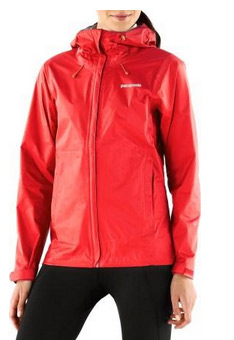 Rain Jacket
Rain Jacket
This is where you want to invest the most money – into your rain jacket. Get one that fits well over layers, has a hood, and cinches at the wrists to keep rain from getting up into your arms. Zippered pockets are nice for keeping keys and wallets dry.
I love the Patagonia Torentshell Rain Jacket ($129) because it is reasonably-priced (for Patagonia!) and fits great. I also love that the neck is fleecy-lined and the material does a great job at stopping the wind, keeping you warm and dry. Here’s a tip – opt for a bright color like red, orange or bright green that will pop out against the dreary, stormy landscape in your trip photos.
Top Pick: Patagonia Torentshell Rain Jacket Women’s | Men’s | Boys | Girls
Rain Pants
It often rains sideways on the coast, so if you’re out exploring you’ll want rain pants to protect you against both rain and wind. You’ll be most comfortable in a breathable waterproof fabric. For the price ($95), the Marmot Precip Full-zip Rain Pants can’t be beat.
Rain Boots
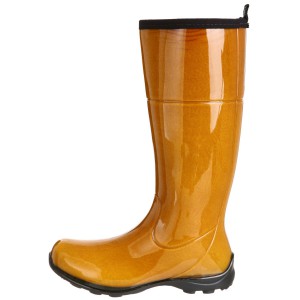 High rain boots with good traction are a must for exploring on a wet, rocky beach. My favorite women’s rain boot is made by Kamik, and it comes in a plume of gorgeous colors. The insulated lining keeps your feet and lower legs warm, and the traction is as good on wet beach rocks as it is on wet city pavement. Their kids’ boots are great, too, and come in bright, bold hues.
High rain boots with good traction are a must for exploring on a wet, rocky beach. My favorite women’s rain boot is made by Kamik, and it comes in a plume of gorgeous colors. The insulated lining keeps your feet and lower legs warm, and the traction is as good on wet beach rocks as it is on wet city pavement. Their kids’ boots are great, too, and come in bright, bold hues.
Kamik Men’s Hunter Insulated Rubber Boot
Safety Stuff
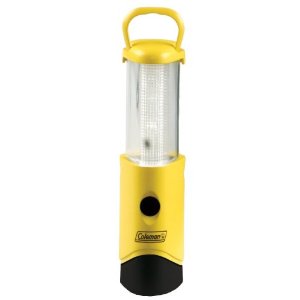 Storms can result in power outages! I know, this is common knowledge. But sometimes, people aren’t prepared. See, on our last two storm watching adventures on the Pacific Coast, we had to deal with power outages. Many coastal accommodations are used to this and will provide provisions in the rooms, but not all do. To be safe, pack your own flashlights. It’s also a great idea to have a bright lantern that you can set on a table or hang from the ceiling so that you don’t have to hold a flashlight. Check out the Coleman MicroPacker Compact Battery Lantern ($8).
Storms can result in power outages! I know, this is common knowledge. But sometimes, people aren’t prepared. See, on our last two storm watching adventures on the Pacific Coast, we had to deal with power outages. Many coastal accommodations are used to this and will provide provisions in the rooms, but not all do. To be safe, pack your own flashlights. It’s also a great idea to have a bright lantern that you can set on a table or hang from the ceiling so that you don’t have to hold a flashlight. Check out the Coleman MicroPacker Compact Battery Lantern ($8).
A battery-powered AM/FM radio will come in handy if you lose electricity. In more remote areas of the coast you may not have reliable cell phone service. We pack long-range, weatherproof two-way radios in case of emergency.
You will also want to have tide information with you so that you know when the tide will be out and you can safely explore. You can find tidal information online here. And don’t forget to track incoming storms at weather.gov.
Fun Stuff
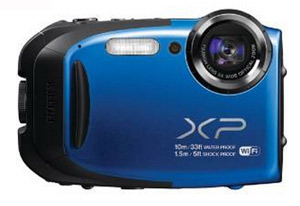
Though you’ll want to snap some pics of the wild storm, you won’t want to ruin your smart phone or SLR in the process. Trust me. I once propped my digital camera up on a beach rock to capture an incoming wave. I misjudged the wave’s velocity and pulled my camera away just a moment too late. The wave swept over it, and it was ruined!
For around $100, you can pick up a quality digital camera that is completely waterproof. Check out the Fujifilm XP70 16 MP Digital Camera with 2.7-Inch LCD (Blue).
 Storm watching usually means you’ll be hunkered down in a room or cabin for a few days, so you’ll want to have lots of comforting food and snacks to ride out the storm. Hot cocoa is, of course, an absolute essential. If our cabin has a kitchen we like to make a big pot of chili for dinner. For a coastal breakfast, try these easy, cute sand dollar pancakes.
Storm watching usually means you’ll be hunkered down in a room or cabin for a few days, so you’ll want to have lots of comforting food and snacks to ride out the storm. Hot cocoa is, of course, an absolute essential. If our cabin has a kitchen we like to make a big pot of chili for dinner. For a coastal breakfast, try these easy, cute sand dollar pancakes.
And whatever you do, don’t forget to bring a great board game!

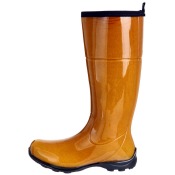
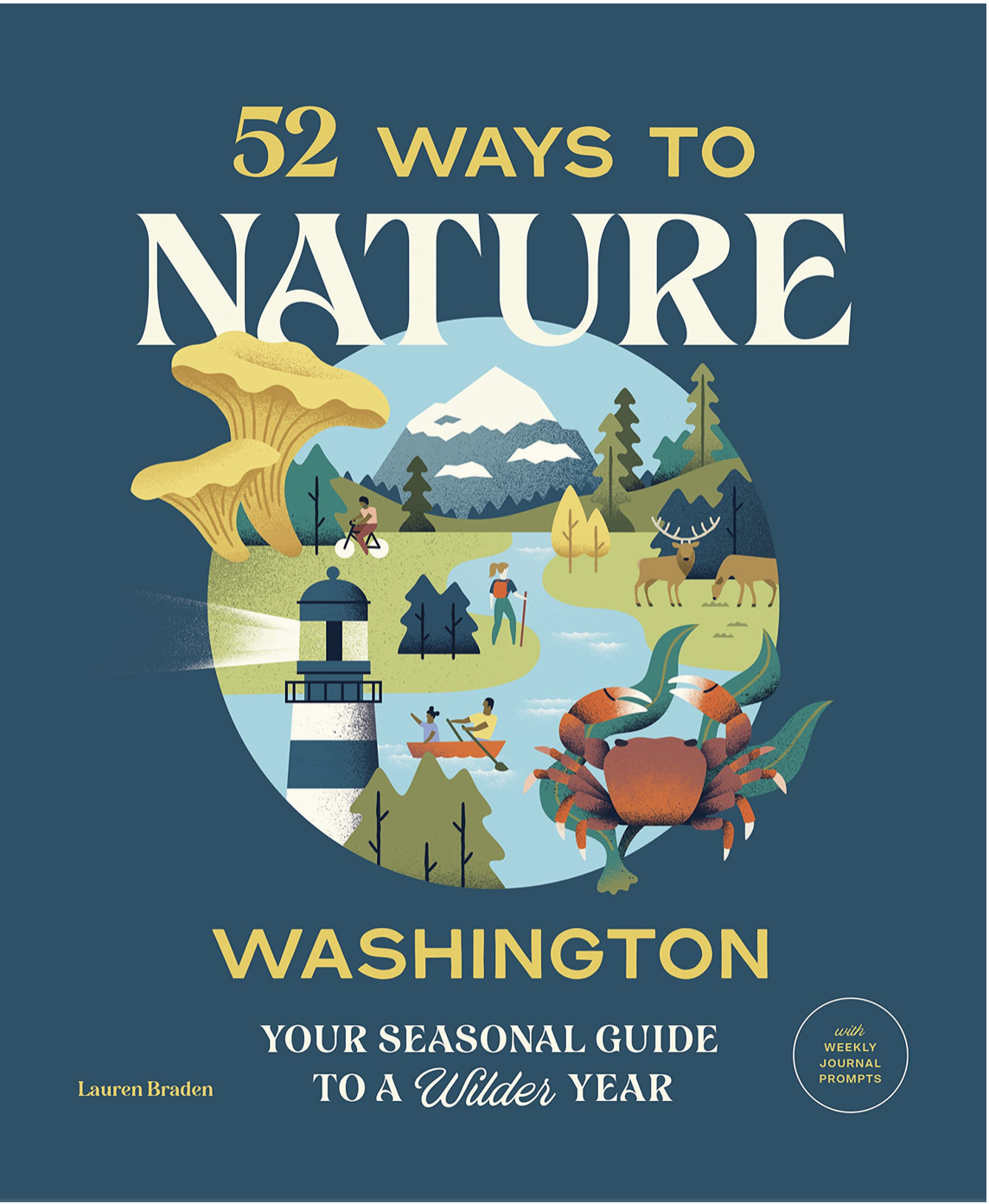

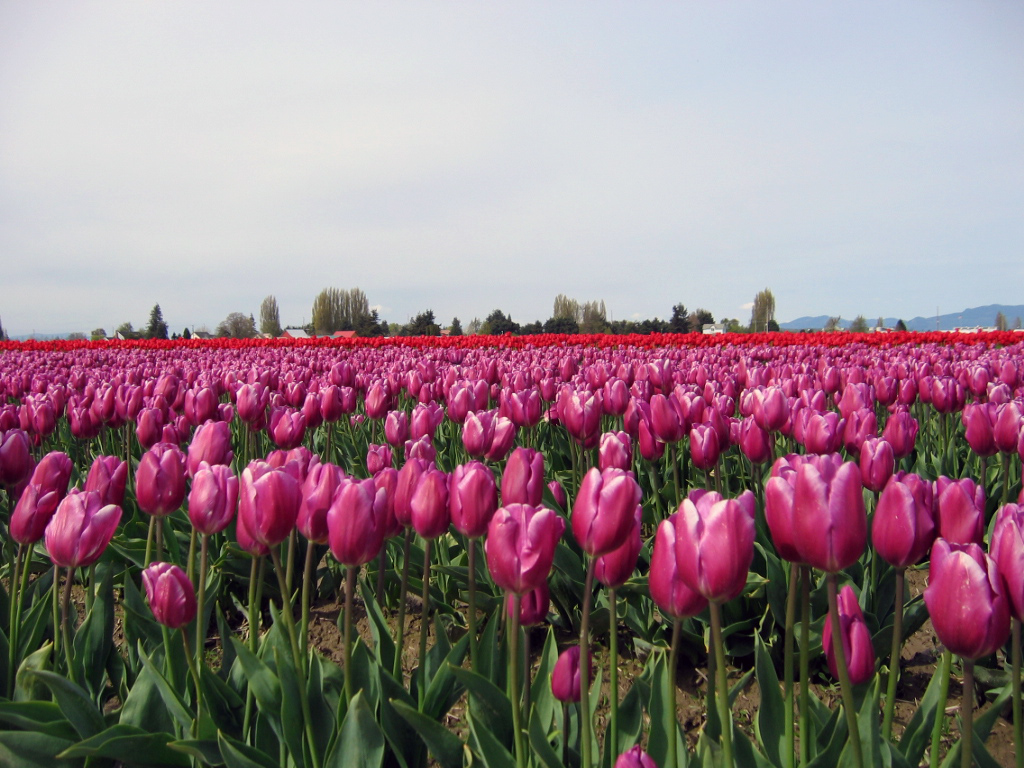
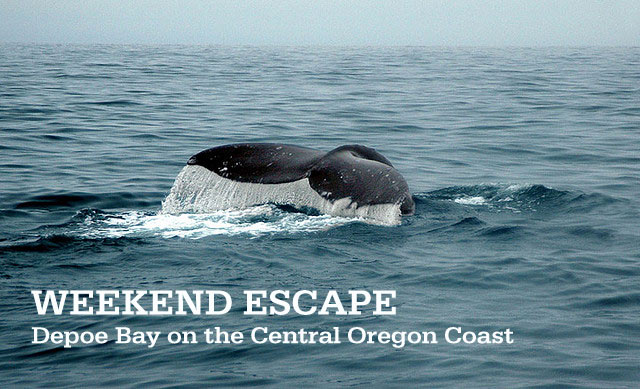

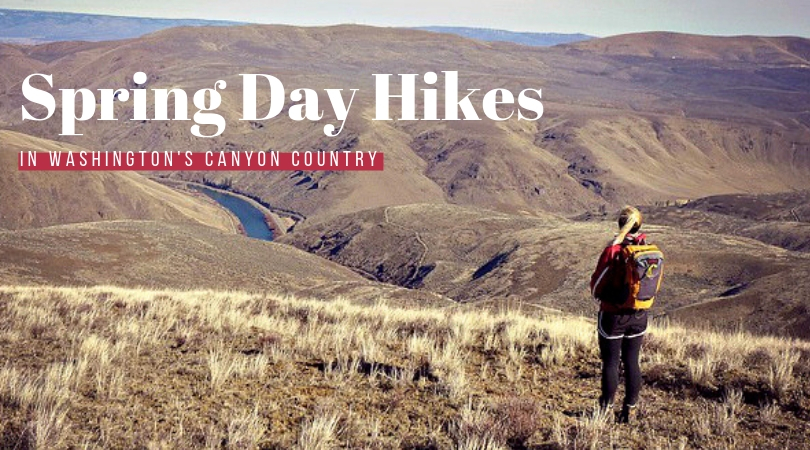





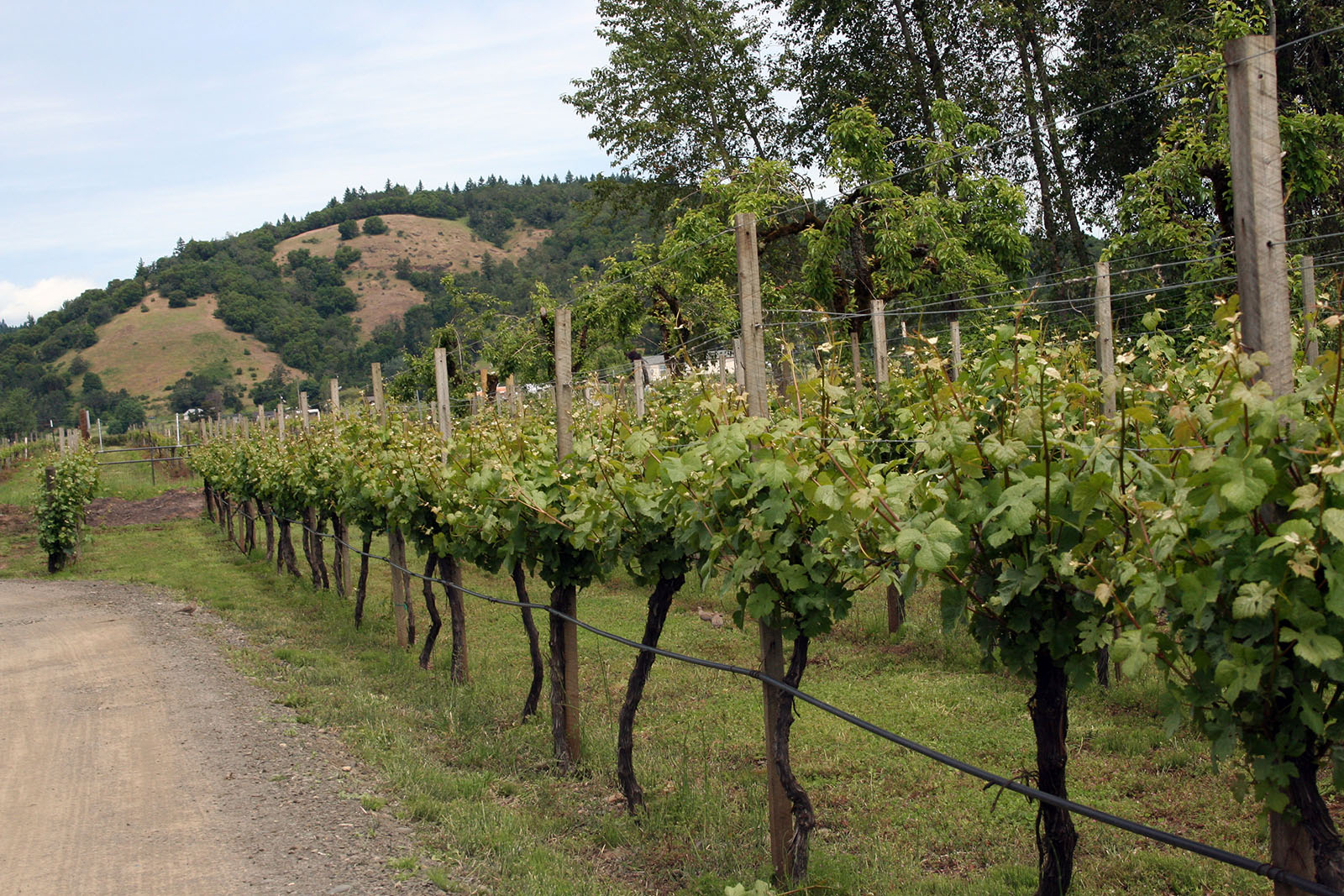

One Response
Hey, thanks for your information on where to watch storms on the Washington State coast.
We love to split sandy Albuquerque and fly to Seattle and drive to the Quilute Beach Resort. What we need to know is WHICH MONTH IS BEST FOR STORM WATCHING AT THIS LOCATION?
As an old Oregonian familiar with Oregon beaches, they way they smell and sound, the smells of the old growth forests, the feel of icy water on my feetsies, I have found the location at Quileute is the perfect location to get a good dose of it all – without crowds or traffic.